Welcome to my review of the Sony Alpha a7C Mark II.
As always, I purchased this gear with my own money, I have no sponsor and there are no affiliate links on this site.
You can find an audio version of this review below in which I go into a bit more detail or continue reading to see a more concise written version.
Subscribe Here: Apple Podcasts | Google Podcasts | Stitcher | Spotify | RSS
As you may know from previous reviews, I try to take a more casual approach and make it more real world based than purely technical. Regardless, I hope you enjoy it and provides some value to you.
Why It Can Replace an APSC Body
For a long time I had always owned one Full Frame and One APSC camera. The reasoning for this is the latter were often smaller and lighter so made good carry around cameras.
In recent years we’ve seen Full Frame cameras get smaller with each generation and the prices of APSC cameras get higher. I found that I only really needed one system as my Fujifilm X-S20 was so good I could just use it for everything.
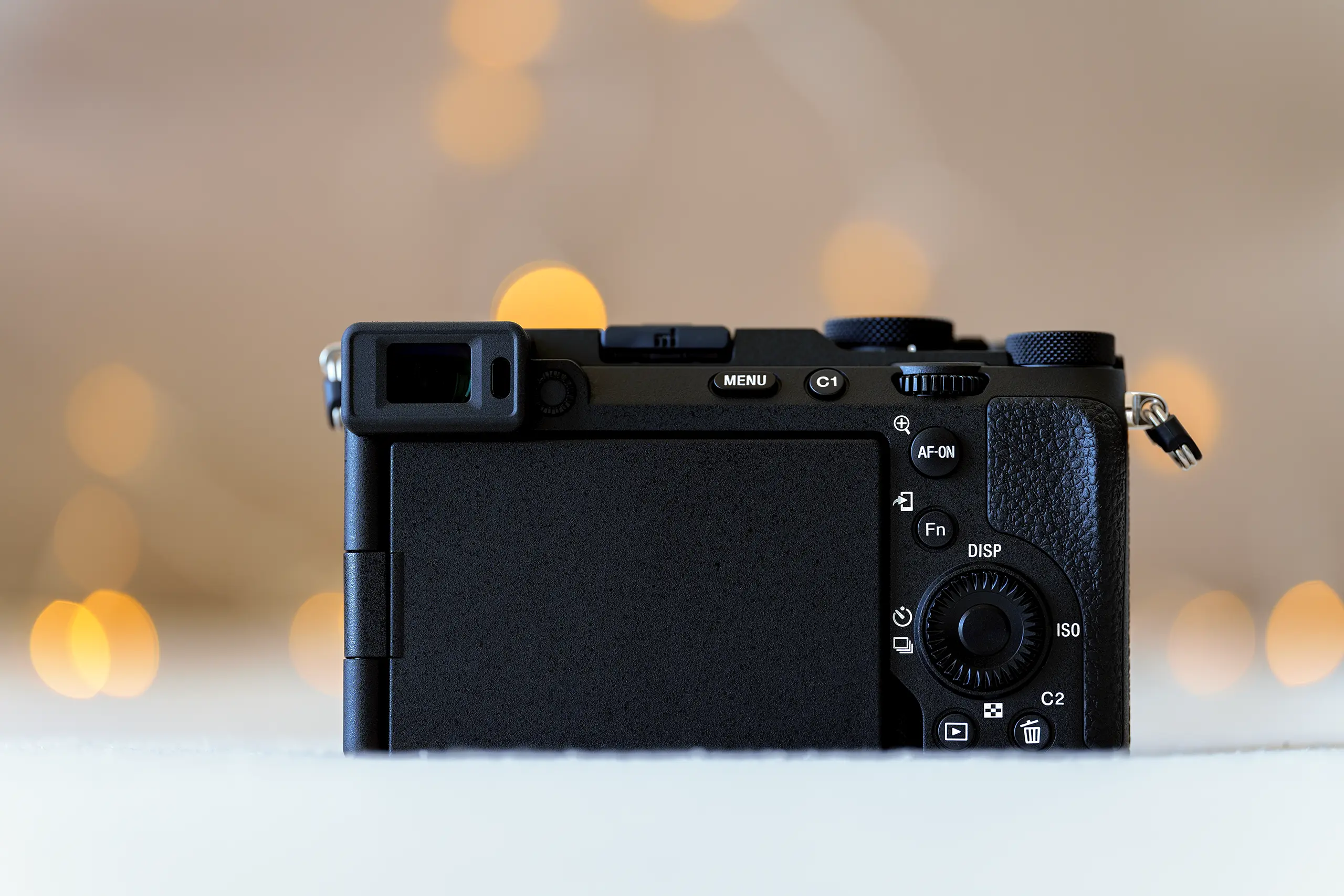
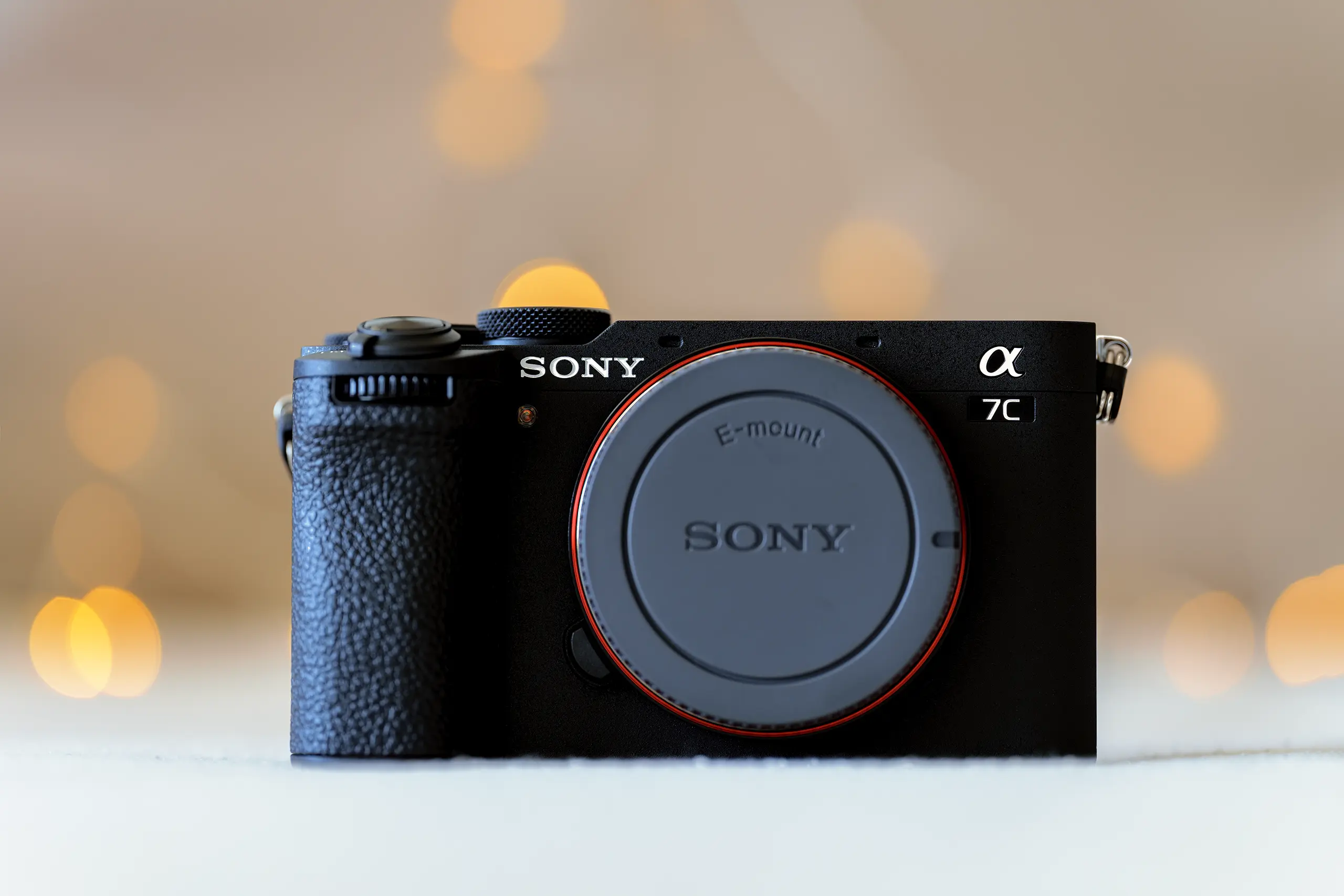
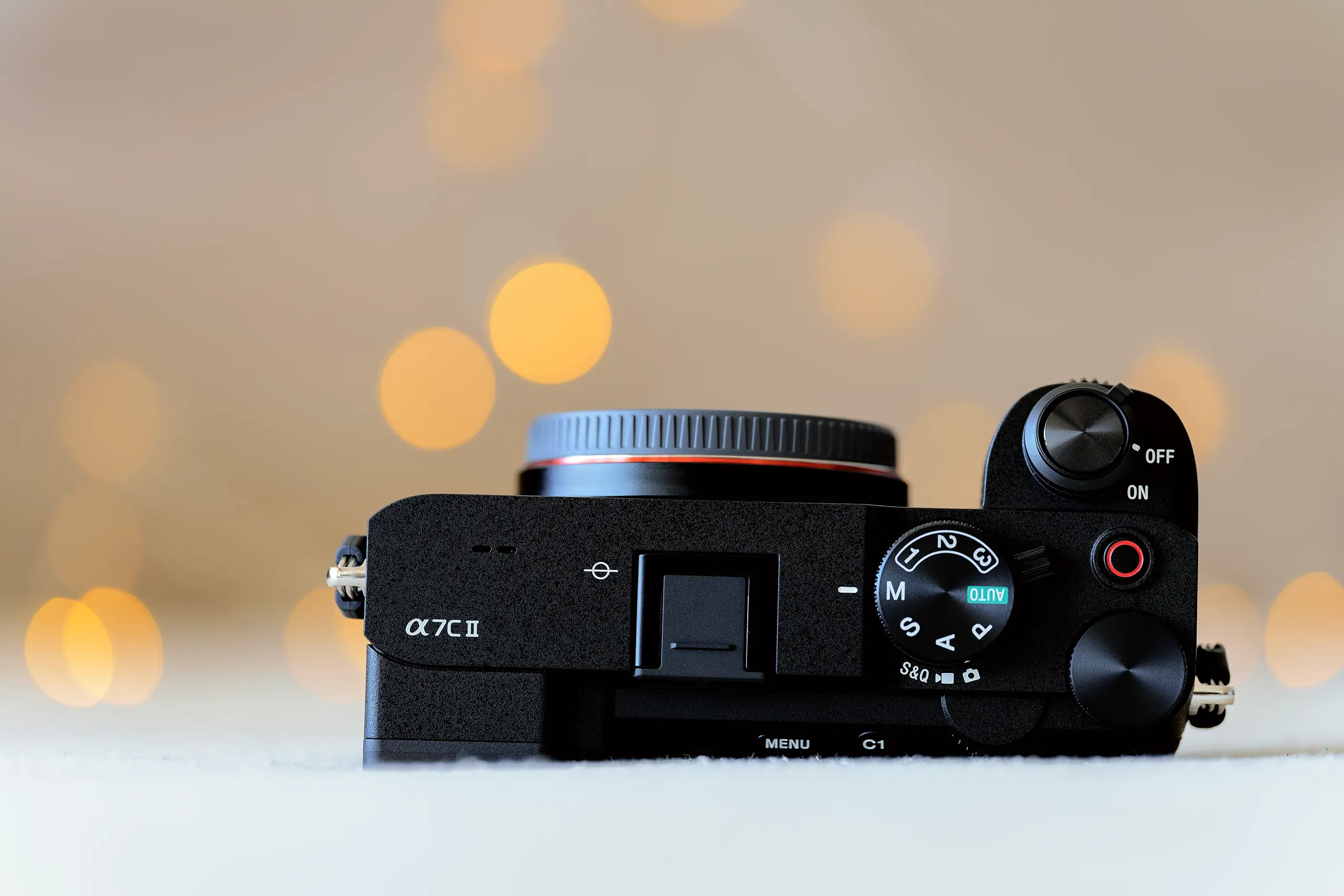
This was actually a bad thing as I had some really great lenses on Sony that weren’t being fully utilized. Then the Sony Alpha a7C II was announced which made me rethink my gear lineup. As the main advantage to the Fuji for me was the size and weight, this new Sony body could be a great replacement. Selling my Fujifilm X-S20 and XF 33mm f/1.4 R LM WR lens covered the cost of a brand new a7C II which was something I couldn’t resist.
A Somewhat More Refined A7IV
If you’re an iPhone user you’ll remember Apple used to release a full version like the “iPhone 6” for example then release an “S” version the following year which was more of a refinement, I see the C series as somewhat being like that.
With the C series you do lose a quite few features such as:
- A second card slot
- A smaller EVF with less magnification
- Lower resolution rear screen
- Max shutter speed is only 1/4000th in EFCS
- No ‘real’ full mechanical shutter
Now as someone who owns both bodies, I didn’t find any of these to be an actual issue. Although my a7IV has two card slots, I’ve never actually used it for redundancy. I shoot casually and not professionally so that second slot is purely just to carry a second card when I need it. The EVF surprisingly doesn’t both me at all, I think if you’re coming from something like the a7RV which has a much better viewfinder then you may notice it though.
The rear screen definitely doesn’t provide sharp details that would let you definitively know you hit focus but I tend to always use the EVF to check these things as you can see the image better when outdoors. Finally with the shutter, I personally always shoot in EFCS and although the bokeh is meant to be effected when shooting fast lenses and have an exposure faster than 1/1000th, I personally don’t think it’s enough of an issue for me to care.
So you may be asking yourself now, can it actually do anything better than the a7IV? That answer is a resounding yes.
Personally the 3 major upgrades that make me prefer my a7C II are better IBIS, better autofocus thanks to the new dedicated ‘AI’ processor and the bulb timer. First off the a7C II is said to have an additional 1.5 stops of effective stabilization and I’d personally say it is noticeable. In fact when I first started using the a7C II I was a bit confused as to why I felt I could use slower shutter speeds until I remembered the upgrade to its IBIS.
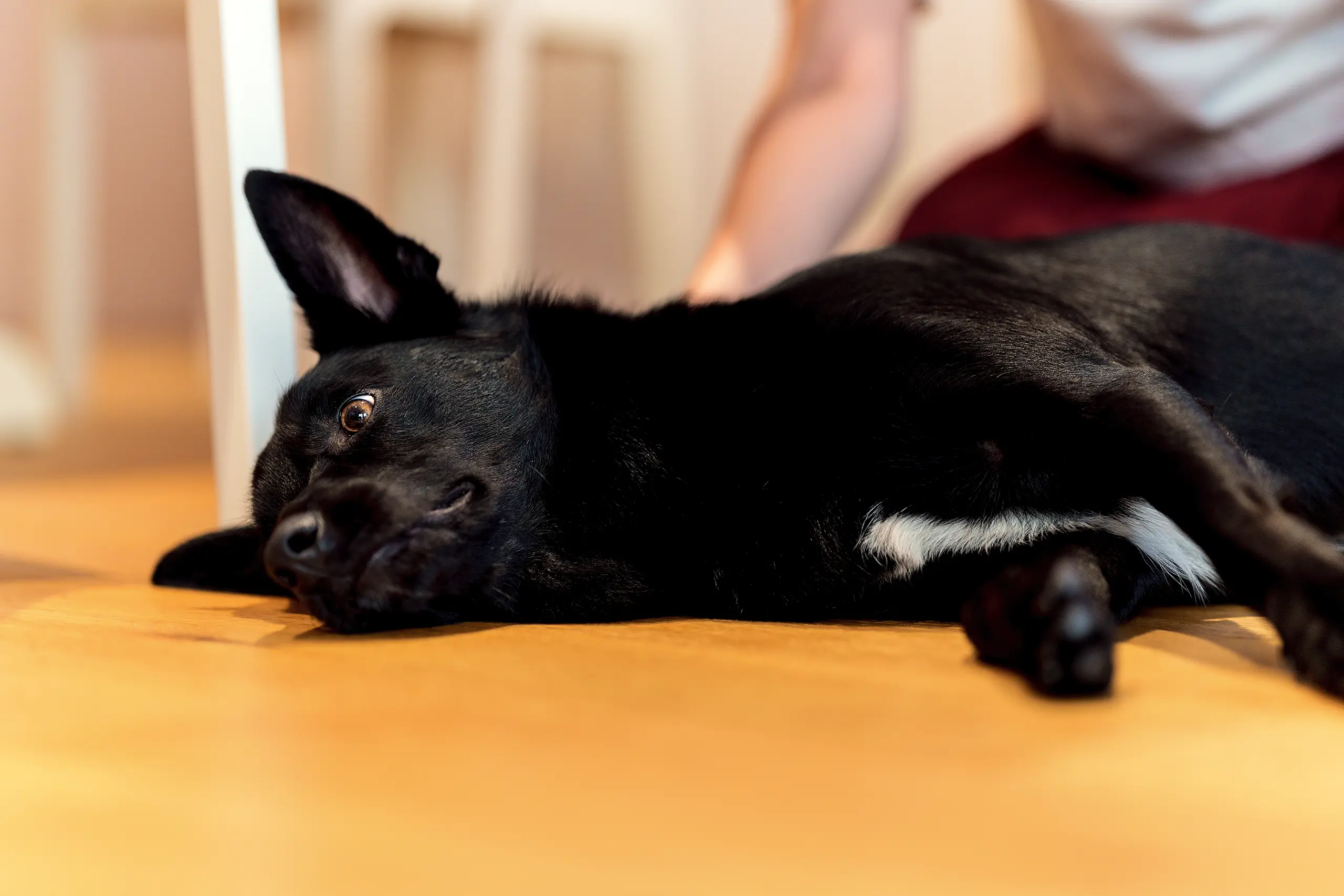
I’d argue that AF is also noticeably better, especially in terms of recognition and tracking. When swapping over from Canon I found that the R6 would be able to lock on Eye AF from more odd angles than the a7IV could. When using the a7C II, it can hit at these same angles and seems to track a lot better. It’s not night and day better but you do have to consider the fact that the a7IV wasn’t that bad to begin with.
Last up is the only feature I had missed from Canon, the bulb timer. This lets you set exposures longer than 30 seconds so you don’t need to use a remote trigger for long exposures. It’s something that should be possible to be added through a firmware update so although I’d love to see my a7IV get it, it’s highly unlikely.
Although you do lose some features from the a7IV I feel the a7C II is an upgrade in the important performance areas that matter the most.
Is It Better Than the Sony Alpha A7IV?
This is a hard question to answer, your needs will ultimately determine this. It’s a bit of a cop out of an answer but true. I will say though, I actually prefer this over my a7IV and have barely used it since.
I’d say the a7C II is better when it comes to performance due to the improved AF, improved IBIS and other small updates like the bulb timer. If you are more concerned about ergonomics, then that’s likely where the a7IV pulls ahead and becomes the preferred body.
If the size of the a7C II is your driving factor then it’s best to find a smaller lens to pair with it. I had initially bought the Sigma 50mm f/2 DN lens although I still found myself leaning more towards my 35GM as it still balances quite well with the body.
I can definitely see myself getting something like the Tamron 28-75mm f/2.8 G2 or Sigma 28-70mm f/2.8 as they’ll make for amazing carry around options when travelling.
Summary
With the price of APSC bodies rising, we’re also seeing many Full Frame entry level options be in a similar price range. The Sony Alpha a7C II is one of these and it honestly excels in all areas aside from maybe ergonomics which aren’t bad, but also isn’t its strong point. If you are looking at moving to full frame or simply want something small and light but capable, this is probably one of the best options out there.
What I like
- Bulb timer
- Improved IBIS over the a7IV
- Improved AF over the a7IV
- Price
- Size and weight
What I don’t Like
- Rear screen could be a higher resolution
- A full mechanical shutter would be nice for those who need it
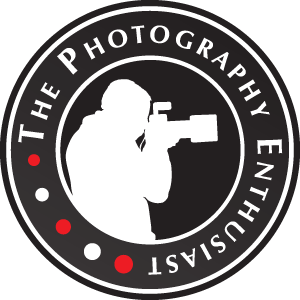





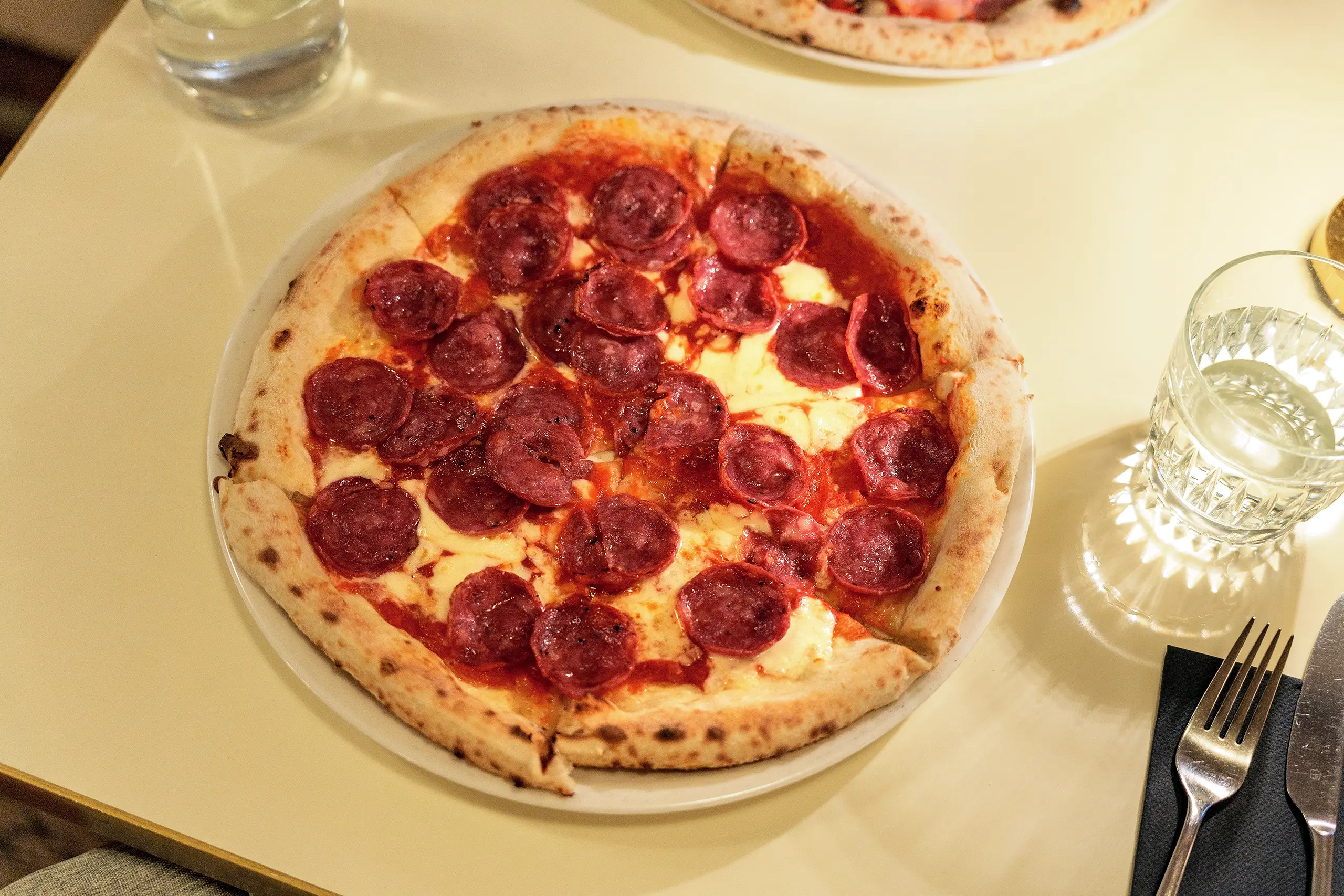






















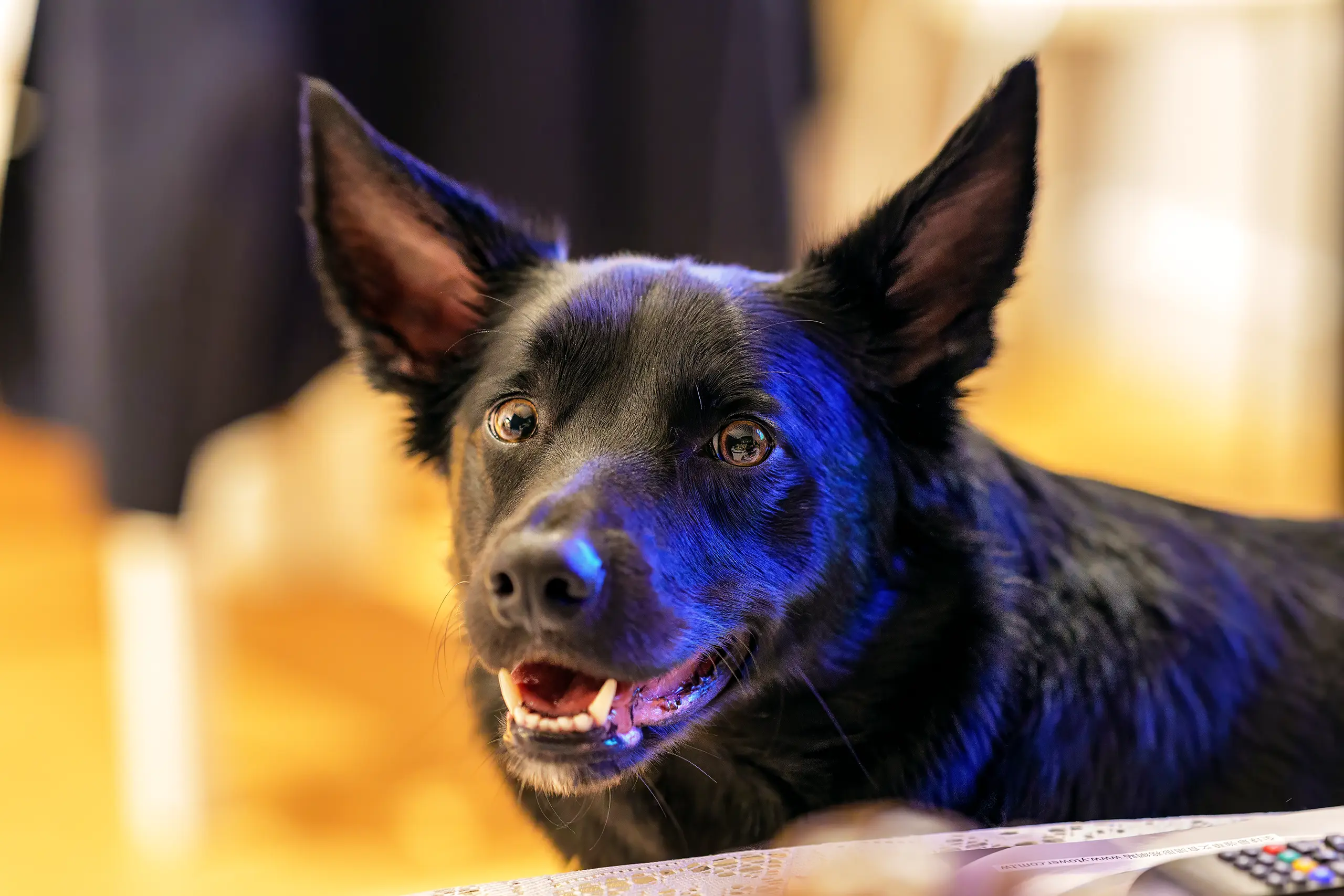
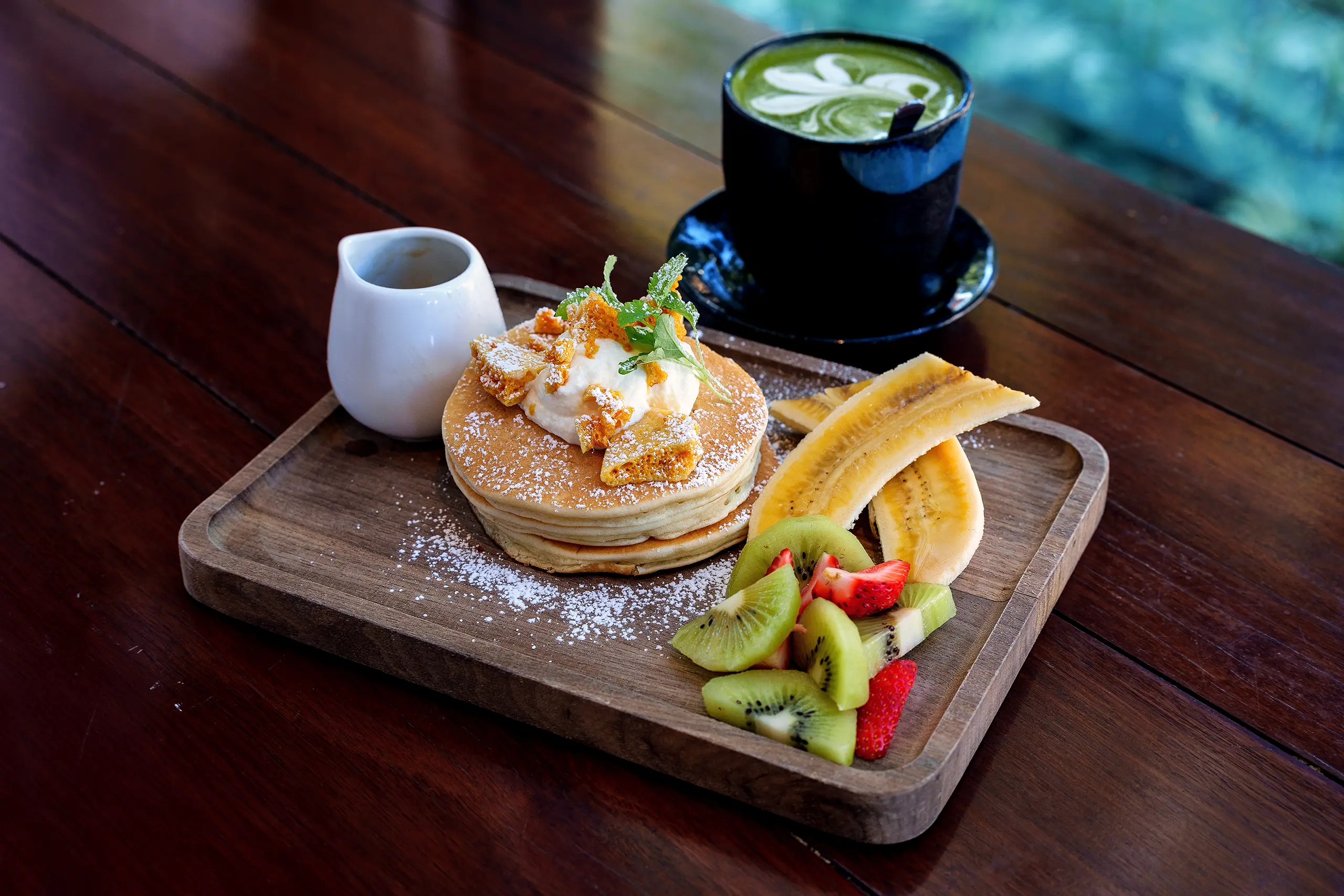












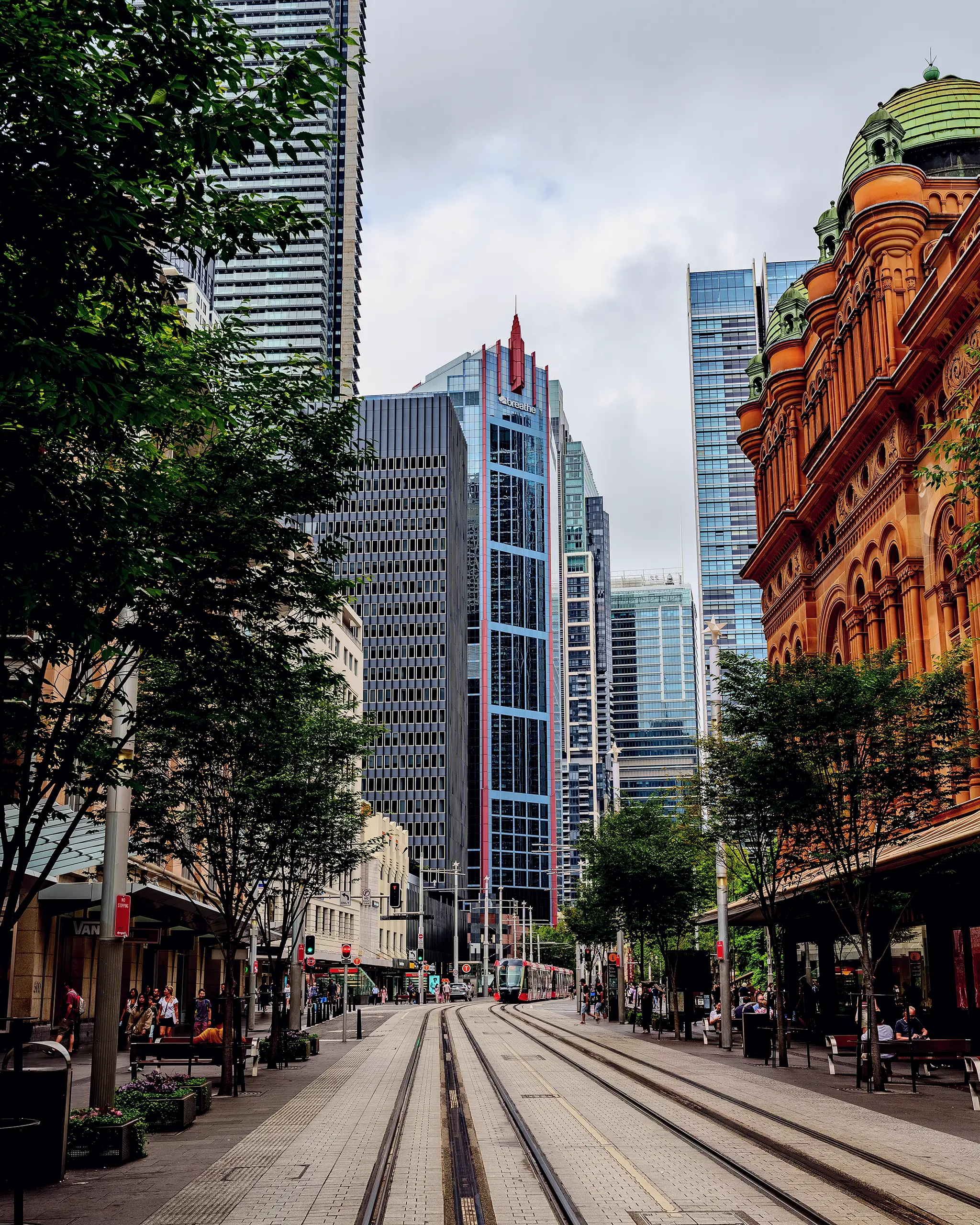




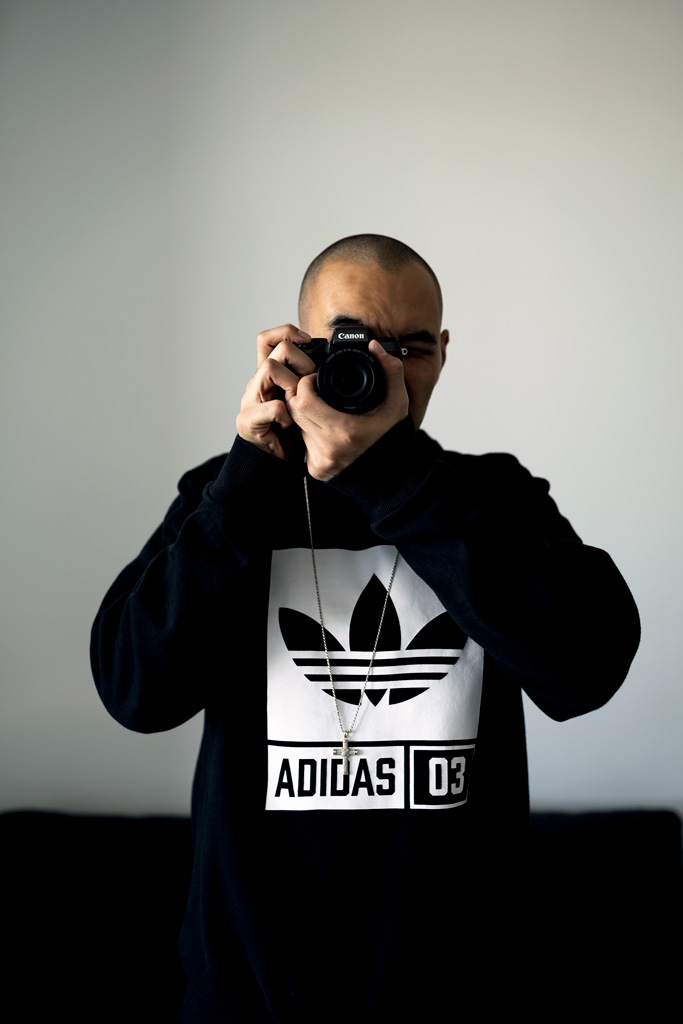
Leave a Reply